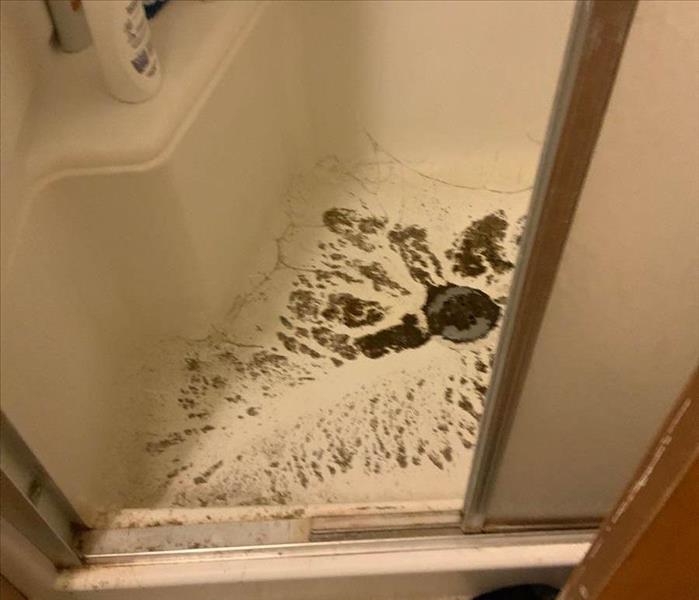3 Ways To Prevent Sewage Backup in Your Home
1/19/2021 (Permalink)
Tips That Can Help You Prevent Sewage Backup in Your Home
A sewer backup in your home can be caused by flooding, clogs, or other problems with your sewer system. Raw sewage in your home can create an unpleasant cleanup situation, damage your property, and expose your family to contaminants. These three tips can help prevent sewage backup in your home.
1. Keep Your Sewer Lateral Maintained
The pipeline that connects your home to the city's sewer main is called a sewer lateral. Homeowners are responsible for maintaining this pipeline. A pipeline that is not properly maintained can crack, wear out, or become filled with tree roots. Damage to your lateral mainline can lead to sewage backup in your home.
2. Dispose of Waste Properly
One of the main causes of a sewer backup is the improper disposal of waste products. Pouring cooking oil or grease into a toilet or sink drain can create clogs in your pipes that could cause a bathtub backup or other sewage problem. This happens because grease and oils solidify as they cool, creating blockages that prevent water from flowing through the pipes. Similarly, paper towels, diapers, and feminine hygiene products can clog up sewer lines. Dispose of these items in the trash, rather than flushing them down your toilet.
3. Install a Backflow Valve
Installing a backflow valve on the sewer line in your basement allows sewerage to flow out of your property, but not into it. You should not rely on a backflow valve to completely prevent backup issues, but when used in conjunction with other prevention methods, it can greatly reduce the issue. However, if you do experience a sewage problem in your home, contact a sewage cleaning company in Noble, OK, to address the issue promptly.
A sewer backup in your home can be a frustrating and expensive problem to deal with. Fortunately, these three tips can help you prevent this problem from occurring in your home.





 24/7 Emergency Service
24/7 Emergency Service
